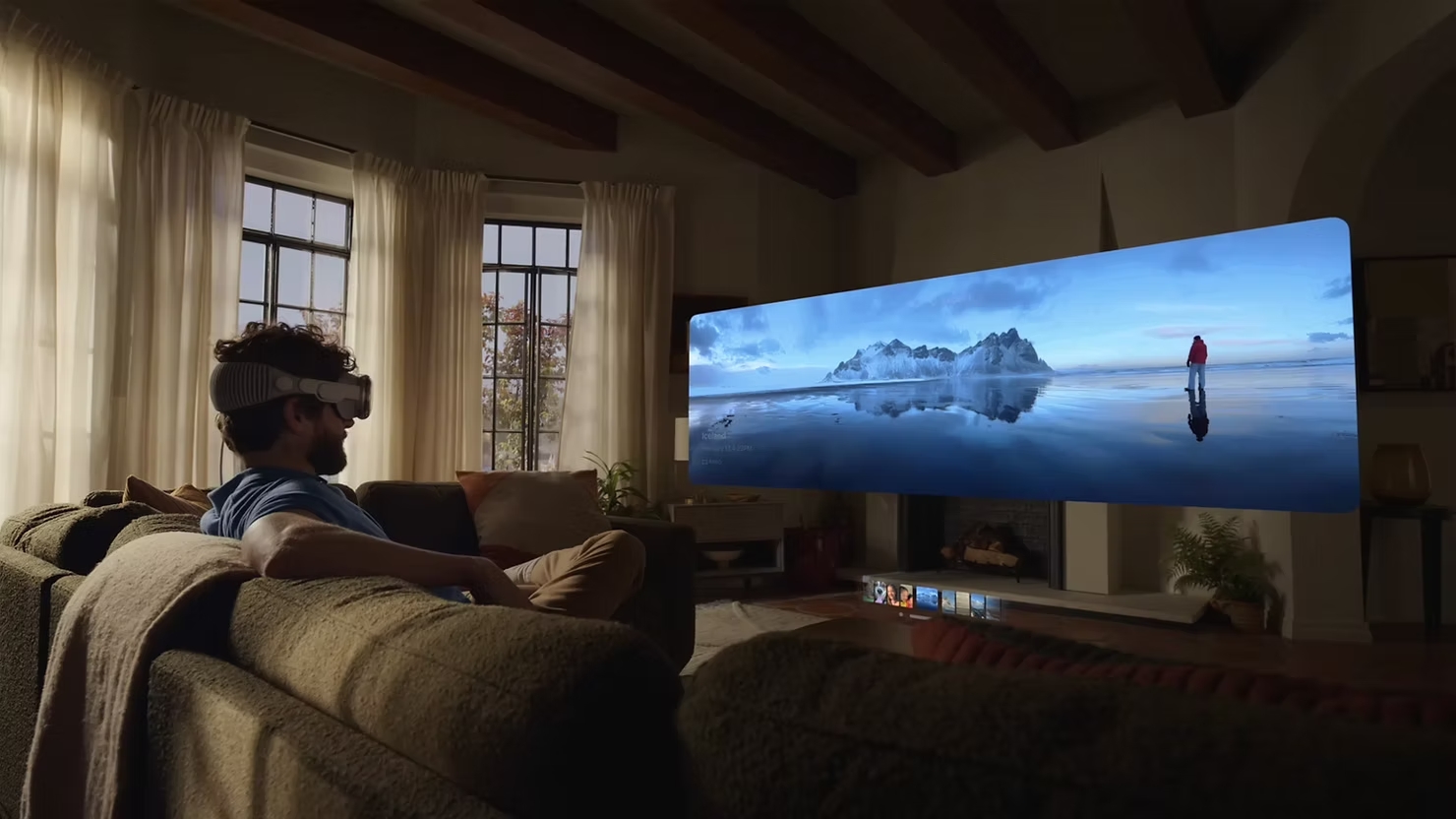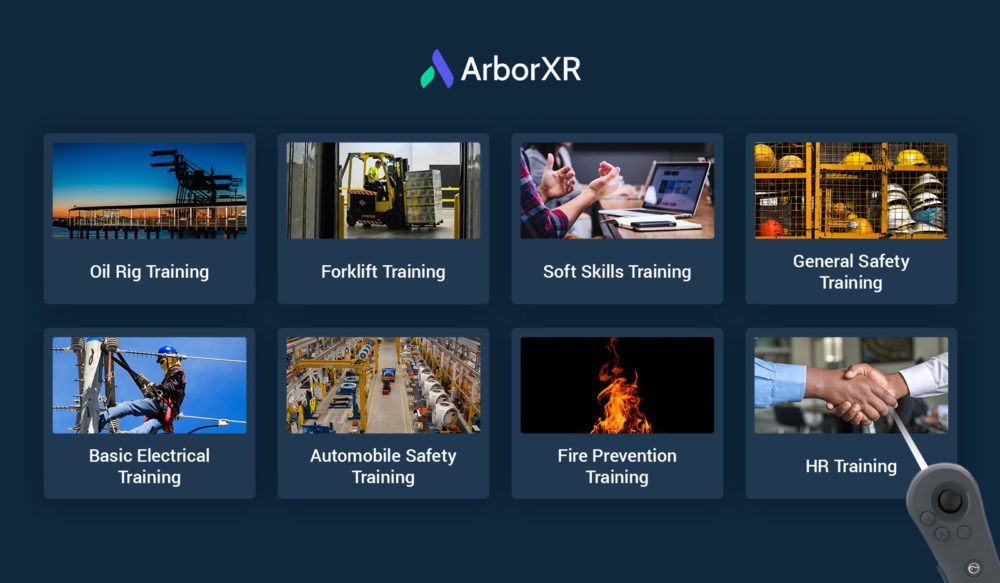XR offers immense opportunity, but product mistakes are hindering growth across all XR businesses—whether they sell directly to consumers or to businesses.
While the principles discussed in this post are applicable to any tech product, we’re focusing specifically on XR for two key reasons: my own subject matter expertise in this exciting field, and my belief that the XR industry (particularly in Europe) is brimming with potential but often held back by a lack of the right product mindset.
This post breaks down the challenges faced by three key groups—users, developers, and decision-makers—exposing the most common mistakes and providing fixes for sustainable growth in the XR space.

The User: Never Prioritise Tech Over Usability
Human psychology and adaptability are universal, whether you’re targeting consumers or enterprise users. Cutting-edge technology means nothing without usability. XR enhances existing behaviours, so ease of use is essential for adoption. Difficult-to-navigate interfaces lead to bad reviews and high churn. Are you neglecting user-centric design principles?
Mistake #1: The Way Things Work is Clunky

The Problem: Complex interfaces, clunky navigation, and confusing interactions will drive users away faster than you can say ‚metaverse.‘
The impact of a bad user experience is universal, but the consequences differ depending on your sales model: if you’re selling to other businesses (B2B), it’s lost productivity; if you’re selling directly to consumers (D2C), it’s bad reviews and returns; if you’re partnering with other businesses to reach consumers (B2B2C), it damages partner satisfaction and end-user adoption.
The Fix: Prioritise clear, intuitive workflows that enhance, not hinder, the user experience. Lean on existing design principles from established technologies to minimise the learning curve and create a familiar experience.
Mistake #2: Blowing Your First Impression

The Problem: In XR, your demo is your first impression. If it doesn’t captivate and showcase the best your product can offer, you’re blowing a huge opportunity to set the standard.
This is especially critical in D2C, where your app store listing is your first impression. In B2B and B2B2C, it’s those client and partner demos that seal the deal. Make it count.
The Fix: Make your demos unforgettable. Showcase the optimal user experience, setting the bar high and inspiring users. Just remember: developers will be challenged to meet the high standard you’ve set, so make sure they have the tools and resources to do so.
Mistake #3: Neglecting Accessibility

The Problem: Accessibility isn’t an afterthought; it’s a fundamental design principle. Failing to consider accessibility limits your potential audience and creates a negative user experience for many.
Accessibility matters to everyone, but while it’s essential in D2C (more users, more sales), it’s just as vital in B2B and B2B2C—we live in a diverse world, and inclusive design benefits everyone.
The Fix: Design for inclusivity from the start. Follow accessibility guidelines, test with diverse user groups, and widen your potential audience. The payoff? Broader reach and happier users.
The Developer: The Internal vs. External Disconnect
Are you creating a disconnect between your internal development processes and what you’re asking external developers to do? Overlooking their needs creates a lack of transparency, hinders adoption, and frustrates your partners.
Mistake #1: Not Eating Your Own Dog Food

The Problem: Are you using your own products? If not, you’re developing a dangerous lack of user empathy. This disconnect leads to unintuitive workflows, a gap between design and real-world usage, and difficulties providing effective user support.
This is critical in D2C (where internal teams are everything) and equally important in B2B and B2B2C (for building robust tools that external developers actually want to use).
The Fix: Integrate regular use of your own tools into your core development process. Task your engineers with building representative experiences and actively solicit their feedback. Any frustration or roadblocks they encounter are red flags—underlying problems that need attention.
Mistake #2: Building Demos That Can’t Be Replicated

Have you built a seemingly impressive demo that developers simply can’t replicate because of internal tools or hidden hacks? This undermines trust and collaboration, leading to frustration and wasted time for developers. But here’s the kicker: it can also lead to consumer churn down the line. If third-party content falls short of the demo’s promise, users will be disappointed.
The Fix: Demos should be reproducible using the tools and SDKs you provide to external developers, without hours and hours of learning. Provide clear instructions and sample code to facilitate replication.
Mistake #3: Undermining Developer Adoption with Poor Resources

The Problem: Is your documentation incomplete, difficult to understand, or hard to find? Are developers struggling to build great experiences with your tools? Is your support slow or non-existent? This severely hinders developer adoption and creates a negative experience.
The Fix: Comprehensive documentation and responsive support are crucial for developer adoption. Invest in creating accessible documentation, providing timely support through multiple channels (forums, email, chat), and catering to different learning styles with visuals and walk-along video tutorials.
The Buyer: Understanding Your Audience
Whether you’re selling directly to businesses (B2B), through partners to consumers (B2B2C), or straight to consumers (D2C), knowing your audience is non-negotiable. B2B buyers care about ROI. D2C buyers care about value, safety, and fun. B2B2C? You’ve got two audiences to satisfy: your partner and their customers. Nail both, and you win.
Mistake #1: Failing to Show Value

The Problem: Are you making the value crystal clear? B2B buyers need hard numbers (ROI, cost savings). D2C buyers need to see the benefits (fun, educational value, safety). B2B2C means demonstrating value to both—show your partner how you boost their business while giving their customers a killer experience.
The Fix: Tailor your messaging and metrics to each specific audience. For B2B, provide data-driven dashboards and reports that demonstrate business impact. For D2C, highlight the unique benefits, but also address concerns about safety and privacy. B2B2C gets both: data for partners and compelling experiences for their customers.
Mistake #2: Ignoring the Competitive Landscape

The Problem: Are you acting like you’re the only option? B2B buyers are comparing you to existing solutions and established processes. D2C buyers are comparing you to everything else they do for fun. B2B2C? You’re fighting on two fronts.
The Fix: B2B: Highlight your unique advantages over existing solutions. D2C: Emphasise the unique value of your XR experience. B2B2C: Show how you boost your partner and offer a compelling experience their customers can’t get elsewhere.
Mistake #3: Using Jargon and Technical Language

The Problem: XR jargon creates an instant barrier between you and potential customers. I’ve learned this the hard way. You can lose people right from the off.
The Fix: Speak your buyer’s language. Avoid technical jargon and focus on communicating the value proposition in everyday terms. Focus on the benefits, not the features.
Ready to Build XR Products That Thrive?
XR has huge potential, but it won’t take off unless we build the right products—now. That means understanding what people want—both those buying and those using XR. Are you building lasting value for your users and your business?
Ready to build user-friendly XR experiences, empower your developers, and demonstrate tangible business results for decision-makers? As a fractional product leader with extensive XR experience, I can help you develop a winning product strategy.
Quelle:
Foto: Apple’s Vision Pro might have a hefty price tag, but they’ve done the user research and focussed on intuitive interaction—particularly the eye tracking/hand tracking combo—which has changed the XR game. It’s a key lesson for everyone in XR: user-centric product thinking is what will drive the industry forward.
https://www.crwburgess.com/post/xr-product-mistakes?utm_source=pocket_shared




